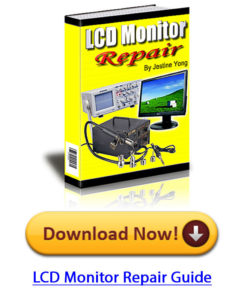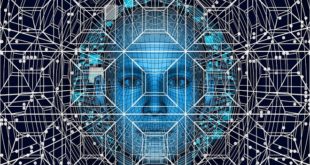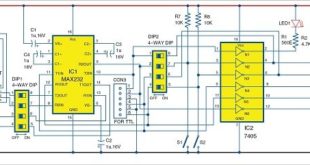Intro: Preva System Pvt Ltd. is the leading internet of things (IoT) creator and enabler offering end-to-end solutions in the area of real time identification, location and mobility of things/assets.
In an exclusive interview with EFY Bureau, Sharanayya, MD-CEO, Preva System, shed some light on IoT deployment in India, the state of security available for IOT solutions and the role of other technologies in accelerating IoT deployment.
Excerpts:
Q. In your opinion, which are the top 3 technologies that are shaping the future of IoT? How are they influencing the future of IoT?
LPWAN (NB-IoT, LTE-M), Blockchain and Machine Learning/Artificial Intelligence (AI).
From the context of connectivity, range and power consumption, both NB-IoT and LTE-M will lead the way with many service providers betting big on these technologies.
Blockchain integrated with IoT will help to achieve a fully secure, distributed digital infrastructure.
ML/AI platforms integrated with IoT fulfils the need of the industry for a complete digital transformation by providing impactful and actionable decision-making insights.
Q. Between the cellular and NB-IOT/LPWA families of wireless technologies–which one are you betting upon? Why?
I would say NB-IoT/LPWA. They are standardised by 3GPP, offer longer range with low power consumption, with low cost hardware available in dual mode (both NB-IoT & LTE-M).
Q. How’s the development of standards (or lack of it) affecting the adoption of IoT?
The development of IoT standards especially in the physical wireless connectivity side has been really encouraging, paving the way for larger deployments and quicker adoption by service providers.
On the other hand, late evolution of standards or to say lack of it for an extended time has hindered the mass deployments of digital transformation solutions, mainly IoT.
Q.How ready is India’s tech eco-system to develop and deploy IoT solutions?
India is a huge market, and nobody can doubt that. However, India has been a late adopter of digital transformation with very few enterprises embracing it.
The startup India program has surely been a boon for the startup ecosystem, which has many IoT companies who have innovative solutions for India specific problems and for the global markets. The ecosystem will need more supportive measures for startups to thrive and succeed.
IoT for the B2B segment has been suffering with not much penetration. Enterprises must adopt solutions coming up from startups and help nurture them.
Availability of quality hardware and relaxation of import norms will surely bring in better results.
Q.Do you foresee India’s tech industry developing its own IP and branded products/solutions in the IOT arena?
Certainly yes. In fact, there are several products and solutions rolled out for enterprises to enable digital transformation.
“IoT for the B2B segment has been suffering with not much penetration. Enterprises must adopt solutions coming up from startups and help nurture them”
Q. Do you see the Open Source phenomenon play an important role in the IOT arena?
Yes. No one would want to reinvent a wheel. What has been created by a wider community, tested and adopted need not be built again from scratch. Use of open source technology will increase the velocity of innovation.
Q. How do you see the role, technologies like AI/ML will play in the evolution of IoT solutions?
Acquiring sensor data, processing the data intelligently and presenting the data is what IoT will do, but learning continuously from this data by comparing with existing data models to generate actionable intelligence for business impact is what machine learning will do. AI gets one step ahead by using this intelligence for business processes just like humans would do.
Logically, ML/AI are the next steps ahead for IoT to make a wider impact in digital transformation.
Q. What’s your opinion on the state of security available for IOT solutions? How do you see the evolution from hereon w.r.t threats and counter-measures?
The security scenario is fast changing in IoT. From a serious security gap to a situation where we are taking about device level security, application level security and transaction security, it’s been a positive change. With blockchain integrated, the transactions are secure and trustworthy. Device vendors are now looking at onchip certificates for security & encryption.
Q. W.r.t. edge vs cloud–where do you think will we see faster development in the next year or two?
It’s going to be the edge. The edge is where the decisions are going to be made before letting in any data to the cloud.
Q. What are the key technologies missing, which when made available, will accelerate adoption of IoT across the globe?
To accelerate adoption of IoT across the globe, we need robust security mechanism, global standards for physical layer, plug and play and a truly device agnostic platform for IoT.
This content was originally published here.








